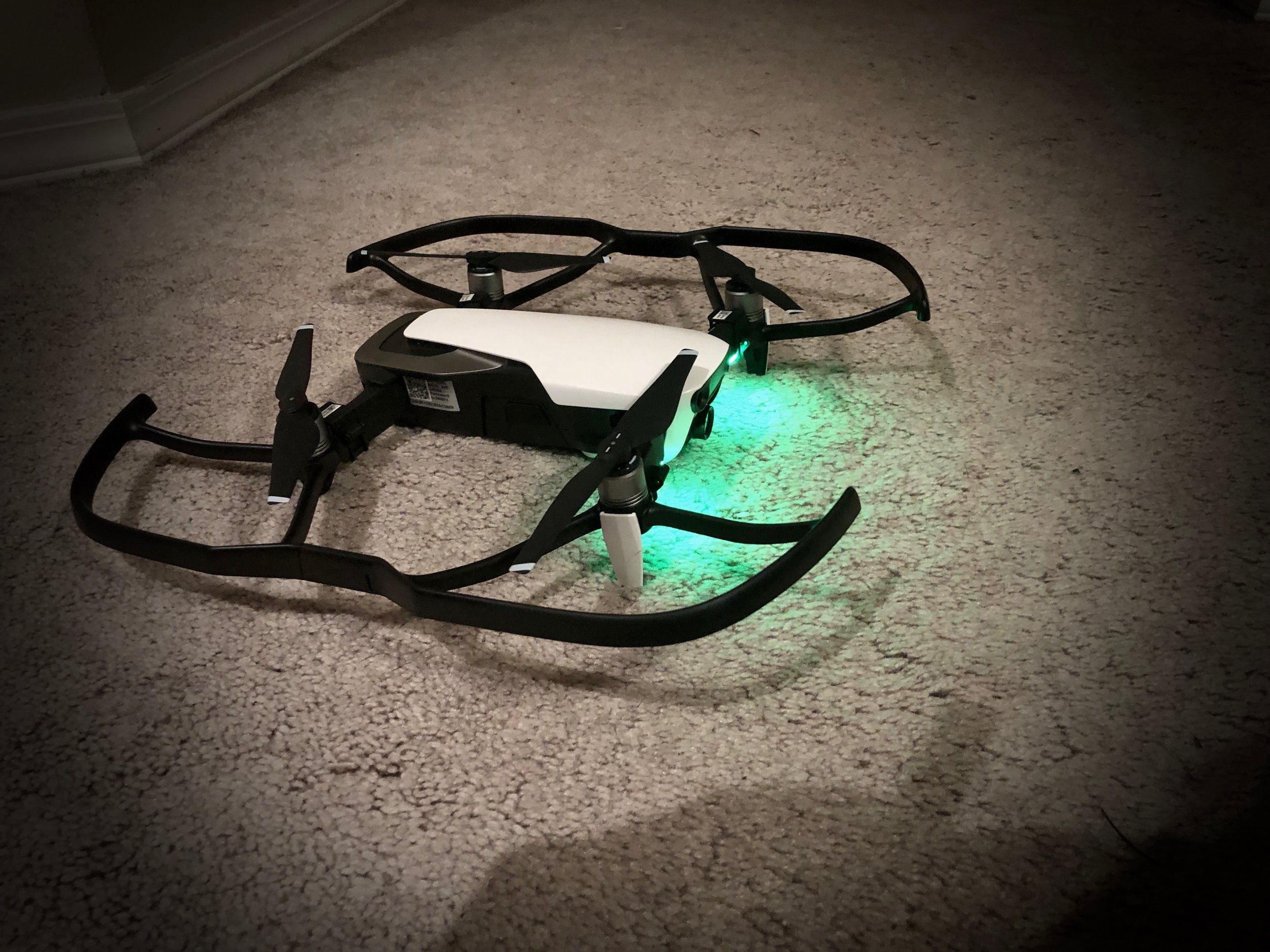Last year was brutal. We saw non-farm payroll shed 22.1MM jobs, over 90% of US children had to adapt to remote classroom instruction, and everything from the Tokyo Olympic Games to your birthday was cancelled due to the COVID-19 epidemic and resulting economic recession. For those lucky to still have a job, we were forced to adapt to a work-remote format while mastering Zoom etiquette, or just trying to remember to hide our joints and put on pants.
But we did our best. We masked up. We kept the economy trudging forward and even ended the year with the S&P 500 at record highs. That's why, when 2021 came around I wasn't surprised to hear that American workers were asking for a little more from their employers. They wanted better pay, real opportunity and true leadership. And that makes sense.
Workers started asking "What's the point?"
Having faced the very real economic and public health risk of COVID, employees started voting with their feet by leaving unfulling jobs, or by not jumping back into the workforce. Meanwhile major employers like Citi Group, PwC, and even Amazon announced that they were permanently shifting to a flexible/work-remote policy. For the the average worker, that saves an hour commute a day which sounds like a blessing right? True. But this worker won't stay around if workplaces don't adapt to meet this new worker-empowered, fed-up, remote reality.
The world has changed. This means how bosses supervise and lead needs to change, too.
This calls for Empowerment Leadership. It's not a new concept, but this collection of strategies are particularly important now knowing the state of the world and workplace and the demands of the modern worker. Empowerment Leadership centers on the concept of management spending the lion's share of their time setting clear goals and defining roles. With this model in place, leaders then focus on enabling their workforce to make decisions independently while embracing agile processes, and developing transparent methods for measuring and communicating a team's contributions. Any organization can evolve to embrace this model by following a few key strategies.
1. Overinvest in Defining Roles and Recruiting the Right People
The apprentice model of leadership worked great in decades and centuries past. This is where leaders held the knowledge and skills and slowly educated their underlings with a learning saline drip of daily insights. However, in the fast-paced, remote/hybrid working world of today that same oversight and coaching is not always feasible or advantageous. Plus, we can't think that insights only flow downhill. That new intern or recent grad just might know a heck of a lot more about the latest app sensation or vogue Tiktok trend than you do.
As an alternative, the empowerment model calls for the leader to spend the vast majority of his or her time focused on defining the right roles for the organization and finding the right people inside or outside of the organization to fill those duties. Really get in there. Define RACI and workflow models. Discuss with your senior leadership team how the organization will evolve if you lose one or five team members to a competitor. Any time your spend at the onset will be just a fraction of the time you spend if you get it wrong, so think strategically. Be brave.
The more clarity you can drive for your staff the more effective organization you'll develop. While hybrid work environments are fairly new, the necessary leadership qualities required to power them have been around for years. The management classic From Good to Great has been advocating for the "bus seat" concept for years. Plus, doing this work helps to clarify if you have a staffing performance problem, or a leadership one. (Hint: sometimes the problem is YOU.)
2.Set and Communicate Clear Shared Goals
Another component of Empowerment Leadership is being hyper clear on what success looks like for your staff at every level of performance. Luckily, if you've done the work in step one you have thought through how the group functions across teams and divisions. The operational model is crystal.
By identifying common goals that couple teams together you can build harmonicity within your organization and galvanize everyone in the right direction. From selling widgets to raising funds to lowering environmental impacts, staff should easily be able to see what the organization wants from them. This time-tested truth is especially important in a work-remote environment.
Bonus points for building Web dashboards that report on these key metrics daily.
Goals are magical in that they guide and teach without a compass or a teacher
3. Embrace Transparency
So you've got this powerhouse group assembled operating in defined roles and with a hyper clear goal in mind. Now we have to do something scary. We have to wildly embrace transparency. With a new workforce dialing in from across the town or timezone (or beyond), it is crucial for leaders to develop methods to document and communicate how everyone is contributing. Why this dramatic transparency? Well, of course the watercooler discussions and morning "stand ups" aren't happening like they used to. So, with Empowerment Leadership, we've got to evolve.
This can look a lot of different ways. Your morning creative scrum can move from a meeting room to a Zoom call coupled with cloud storage services and a workflow tool like Monday.com. Your annual reviews can include 360-degree feedback loops so input is communicated with leaders from across the organization, and rankings are posted publicly. But it gets even scarier... or more transparent.
From Starbucks to Buffer, innovative companies are starting to share salary information between employees. This builds transparency and trust, and also may help improve gender pay inequity. In Empowerment Leadership, transparency needs to be the norm, with few if any sacred secret cows, because well, that's where all the bullshit comes from.
4. Build Culture to Help Guide and Engage Your Team
Ok, so you've got the right people working together on a clear goal and everyone understands how they are performing and contributing. But one other important ingredient is essential for the power of Empowerment Leadership to truly take off—harnessing the greatness of your staff while driving innovation and uncovering new opportunities that allow you to surge past competitors.
You need glue.
How do you make it all stick? The answer is culture. Just like how clear goals align staff better than any overbearing supervisor, culture is the glue that connects your workforce better than any all-staff address.
And the great news is employees love it too, sometimes they rank a great culture above pay raises. Crazy talk, right?
From how you welcome new hires to how you celebrate big company milestones, take the time and care to build a unique culture that celebrates the unique qualities of your organization and the people who make it function.
5. Let Go and Be Open
And the last and scariest step is letting go. Abandon what you think the path looks like to success within your business and organization. When you empower your staff, you do a lot more listening that talking. You'll set your staff up to contribute instead of simply reporting in.
When employees feel connected even when they aren't physically near they perform their best. When they know where they are going even during turbulent times (ie: pandemic and economic downturn), they will continue to perform. When your workforce is empowered, you'll have an army of leaders.
The workforce shortage we're experiencing now might not always be the case. However it is not likely we'll go back to the classic worker dynamic of pre-2020. And that's a good thing. It's a time to evolve your company. Empowerment Leadership can help guide your organization into the future.


















